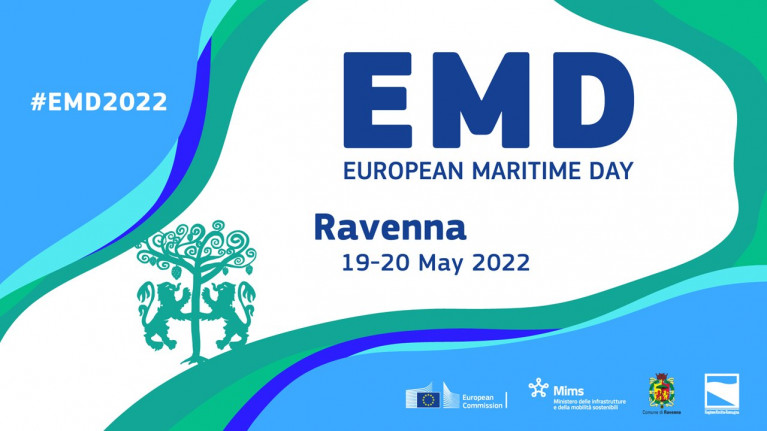Displaying items by tag: European Maritime Days
European Maritime Day (EMD) Conference Underway in Addition to Events throughout the Continent
The European Maritime Day (EMD) the annual two-day (19-20 May) event takes place in Ravenna, Italy during which Europe’s maritime community meet to network, discuss and outline joint action on maritime affairs and sustainable blue economy.
EMD is the place where ‘Ocean Leaders Meet’. It provides an engaging and complete interactive experience to catch up on the current state of play on a broad range of issues concerning the blue economy and the marine environment and discuss ways of moving forward. It features a large number of excellent speakers, thematic sessions, stakeholder workshops and project pitch sessions organised by stakeholders and the European Commission as well as hundreds of B2B meeting opportunities. EMD targets professionals from businesses, governments, public institutions, NGOs and academia.
The 2022 edition of European Maritime Day is a hybrid event for 750 physical participants. This year’s main theme is ‘Sustainable blue economy for green recovery’.
All the sessions will be organised in a physical format, with speakers and moderators in the venue. In parallel, all the sessions (plenaries, workshops, pitch stage sessions) will be available for remote participants via webstreaming or ZOOM.
EMD 2022 will also host the EU4Ocean Summit (on day 2 – 20 May), focusing on Ocean and Climate, Food from the Ocean and Healthy and Clean Oceans. (See, related Marine Institute's celebratration of Marine Research Vessels and Ocean Explorers – Our Past, Present and Future).
The EMD is co-organised by the European Commission, the City of Ravenna, the Ministry of Sustainable Infrastructures and Sustainable Mobility and the Region of Emilia-Romagna.
In parallel with EMD Conference in Ravenna, there will be plenty of 'EMD In My Country 2022' events taking place all over Europe from April to October 2022.






























































